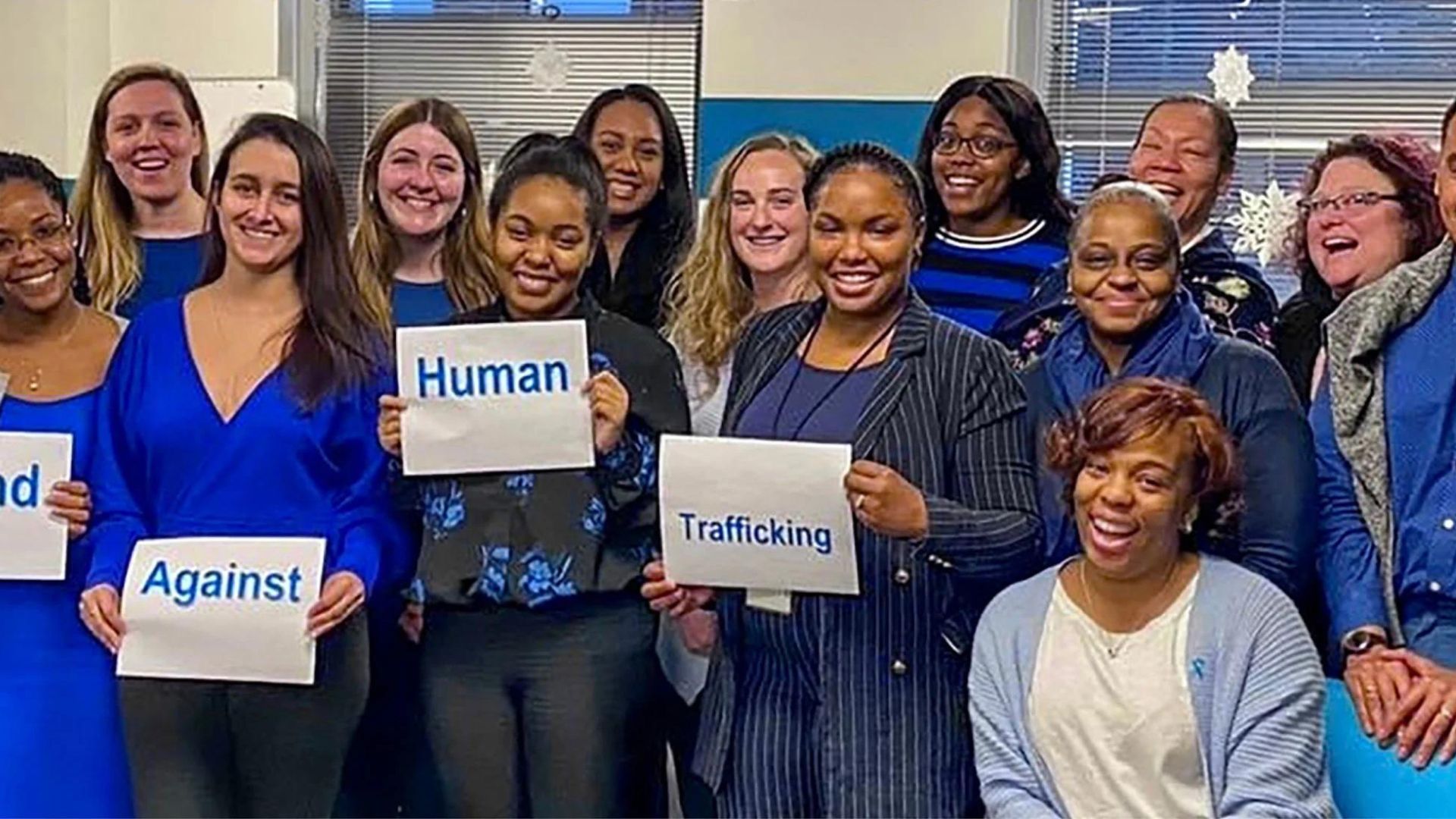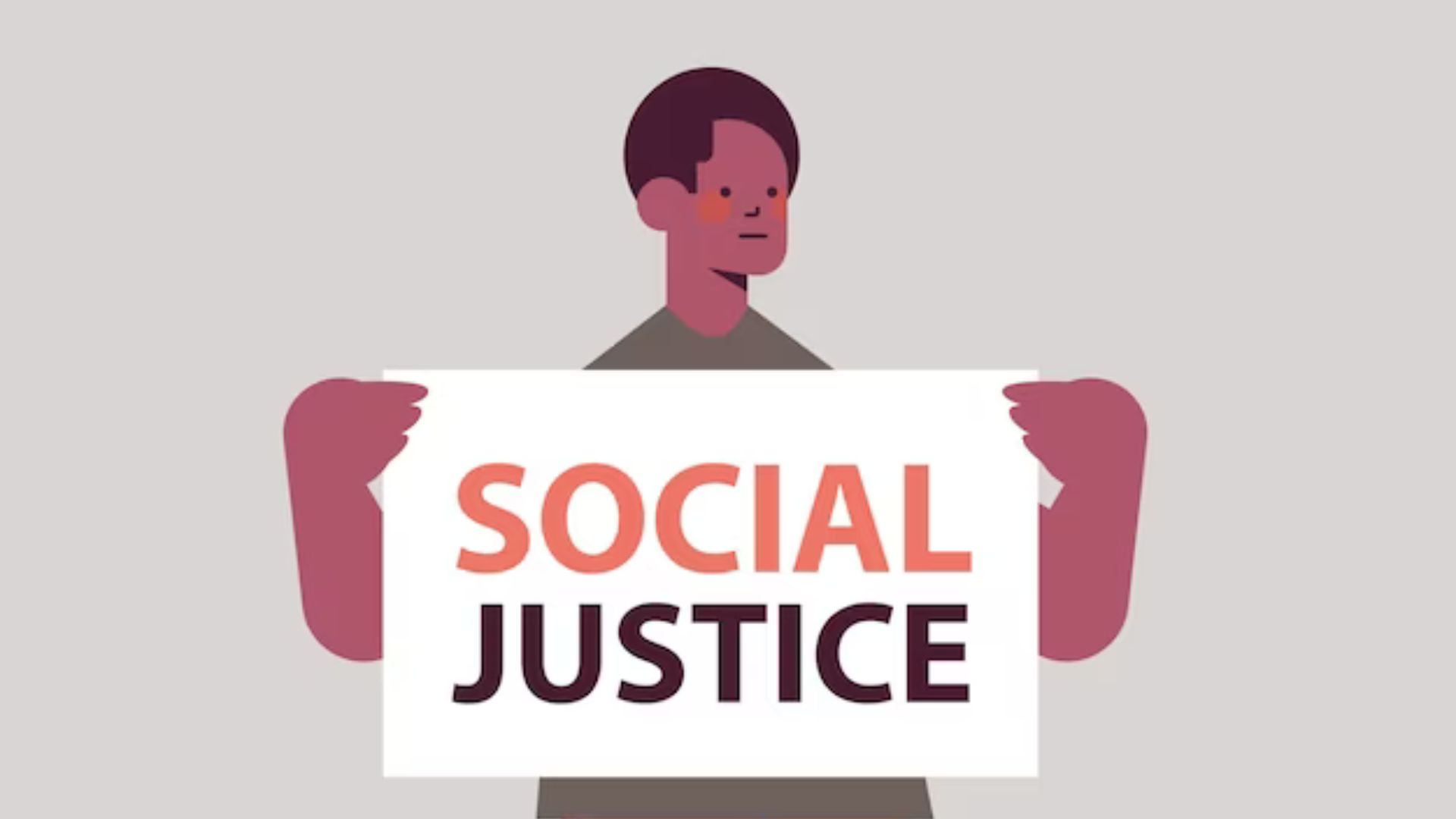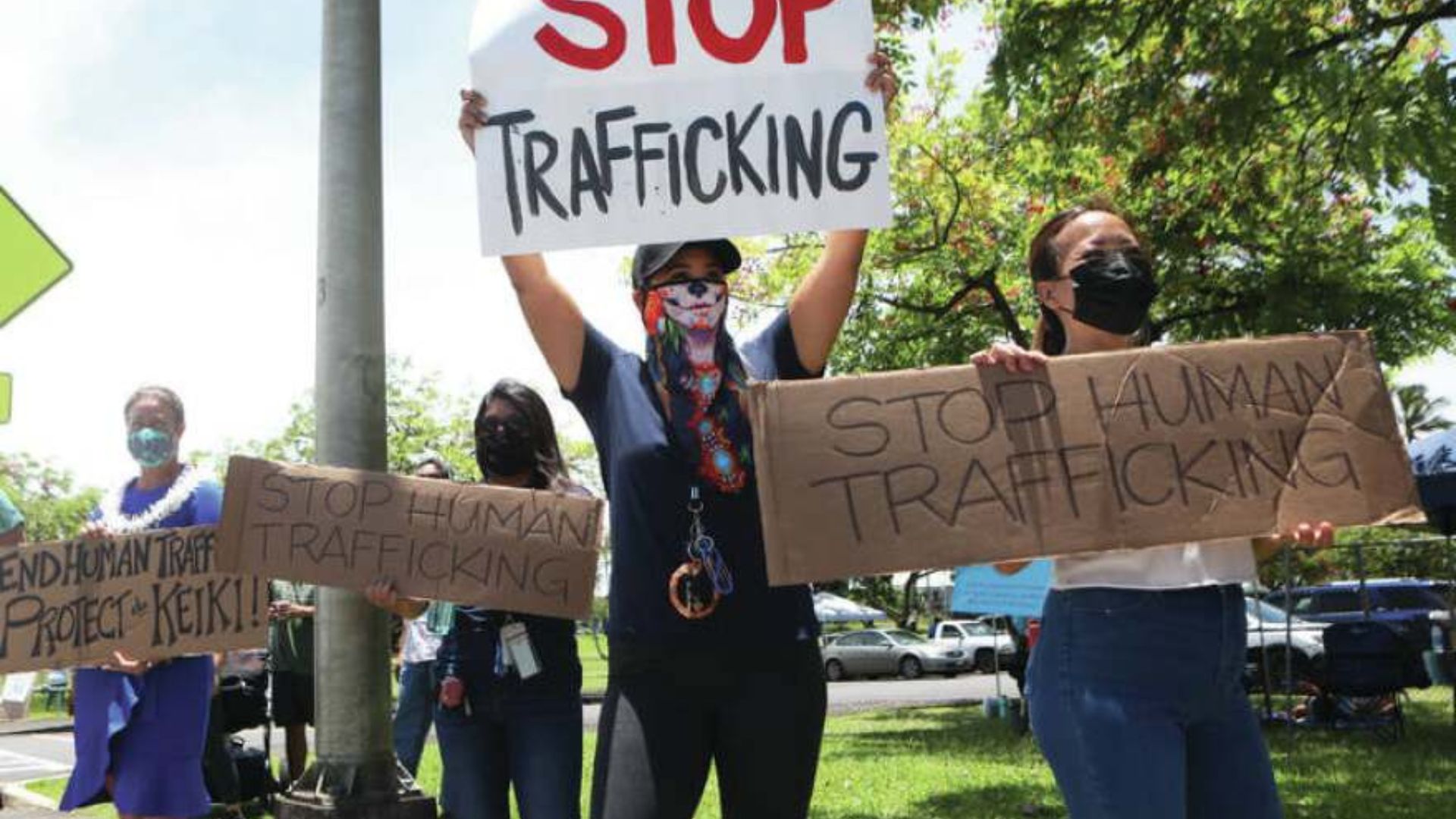|
Getting your Trinity Audio player ready...
|
Human Trafficking Laws and Policy Advocacy are essential components in combating modern-day slavery, offering legal recourse for survivors, driving systemic change through advocacy initiatives, reinforcing the global commitment to eradicate trafficking, and ensuring justice, protection, and support for victims across borders and communities worldwide.
Human trafficking persists as a grave violation of human rights, with millions worldwide falling victim to exploitation and abuse. To confront this scourge, concerted efforts are essential, and two key pillars emerge: human trafficking laws and policy advocacy. Together, these elements form a formidable defence against trafficking networks and provide crucial support for survivors.

Understanding Human Trafficking Laws:
Human trafficking laws serve as the legal framework for prosecuting traffickers and protecting victims. These laws define trafficking, delineate criminal penalties, and establish mechanisms for victim identification, assistance, and support. Globally, countries have adopted legislation aligned with international standards, such as the United Nations Protocol to Prevent, Suppress and Punish Trafficking in Persons. These laws not only hold perpetrators accountable but also provide essential avenues for victim recovery and justice.
The Role of Policy Advocacy:
Policy advocacy complements legal frameworks by driving systemic change and raising awareness about human trafficking. Advocates work tirelessly to influence policymakers, promote legislative reforms, and secure resources for victim support services. Through strategic engagement with governments and international bodies, advocacy groups amplify the voices of survivors and push for policies that address root causes and vulnerabilities contributing to trafficking.
Collaborative Partnerships:
Effective anti-trafficking efforts hinge on collaborative partnerships between governments, civil society organizations, law enforcement agencies, and international bodies. These partnerships facilitate information sharing, coordination of resources, and implementation of comprehensive strategies to combat trafficking. By pooling expertise and resources, stakeholders can enhance prevention, protection, and prosecution efforts, ensuring a more coordinated and effective response.
Challenges and Opportunities:
Despite progress, human trafficking remains a persistent challenge, compounded by evolving tactics employed by traffickers and the vulnerability of marginalized populations. Challenges include gaps in legal frameworks, limited resources for victim assistance, and the clandestine nature of trafficking networks. The COVID-19 pandemic has further exacerbated risks, with traffickers exploiting vulnerabilities and disruptions to support services.
Technology offers innovative solutions for victim identification, data sharing, and public awareness campaigns. Public-private partnerships can leverage resources and expertise to enhance prevention efforts and support survivors. Moreover, addressing root causes such as poverty, inequality, and lack of education is essential for sustainable prevention and protection efforts.
Enhancing Legal Frameworks:
To strengthen anti-trafficking laws, governments must prioritize legislative reforms that address gaps in existing frameworks and align with international standards. This includes expanding definitions of trafficking to encompass all forms of exploitation, enhancing victim-centred approaches, and increasing penalties for perpetrators. Additionally, investing in specialized law enforcement units and training programs can improve the capacity to investigate and prosecute trafficking cases effectively.
Empowering Survivors:
Survivor empowerment is central to effective anti-trafficking efforts. Policies and programs should prioritize survivor-centered approaches that prioritize their safety, well-being, and autonomy. This includes access to comprehensive support services such as shelter, healthcare, legal aid, and vocational training. Furthermore, survivors should be involved in the design and implementation of anti-trafficking policies to ensure that their voices are heard and their needs are addressed.
The Importance of Public Awareness Campaigns
Public awareness campaigns serve as a vital tool in the fight against human trafficking by raising consciousness about the prevalence, tactics, and consequences of this crime. Through targeted educational initiatives and outreach efforts, communities can become more vigilant and proactive in identifying and reporting instances of trafficking. By equipping individuals with knowledge about the warning signs and red flags associated with human trafficking, these campaigns empower them to take action and intervene when they suspect exploitation.
Empowering Communities Through Education
Moreover, public awareness campaigns help dispel misconceptions and myths surrounding human trafficking, thereby reducing stigma and fostering a supportive environment for survivors. By highlighting the diverse experiences of trafficking victims and survivors, these campaigns promote empathy, compassion, and solidarity within communities. They also serve to challenge societal norms and attitudes that perpetuate exploitation and marginalization, encouraging individuals to become advocates for change.
Connecting Individuals with Resources
Additionally, public awareness campaigns play a crucial role in connecting individuals with resources and support services. By disseminating information about available assistance programs, hotlines, and shelters, these initiatives ensure that victims of trafficking have access to the help they need to escape exploitation and rebuild their lives. Furthermore, by educating law enforcement officials, policymakers, and other key stakeholders, public awareness campaigns contribute to the development of more effective policies and interventions to combat human trafficking.
Conclusion:
In conclusion, human trafficking laws and policy advocacy are indispensable components of comprehensive anti-trafficking efforts. By strengthening legal frameworks, amplifying advocacy efforts, and fostering collaborative partnerships, societies can work towards eradicating human trafficking and upholding human rights. As we continue this collective endeavour, let us remain committed to justice, compassion, and dignity for all individuals affected by trafficking.
You might also be interested in the following:
Combating the Trafficking of Persons: Activism’s Crucial Role




